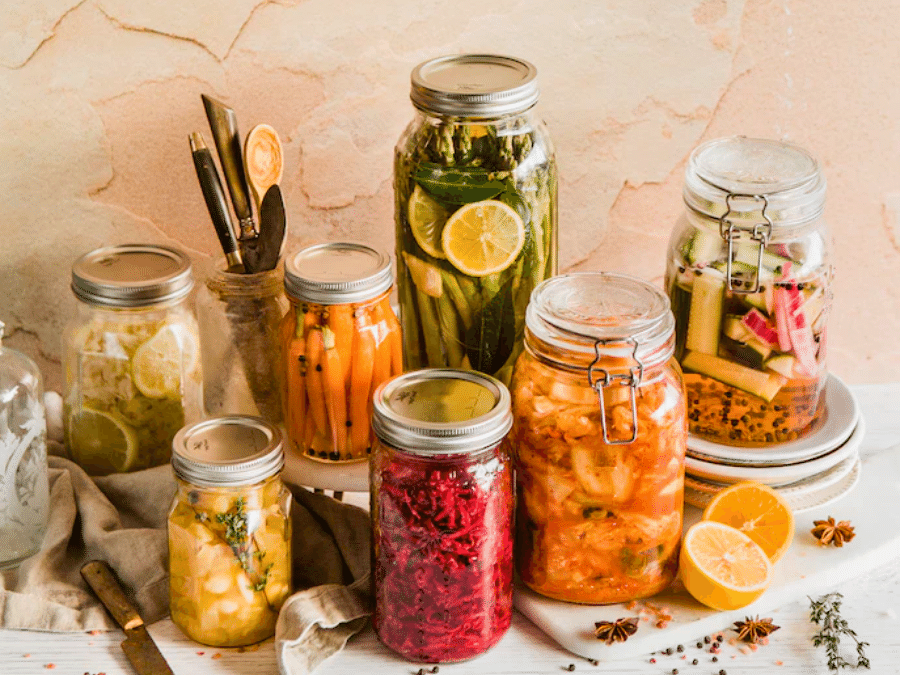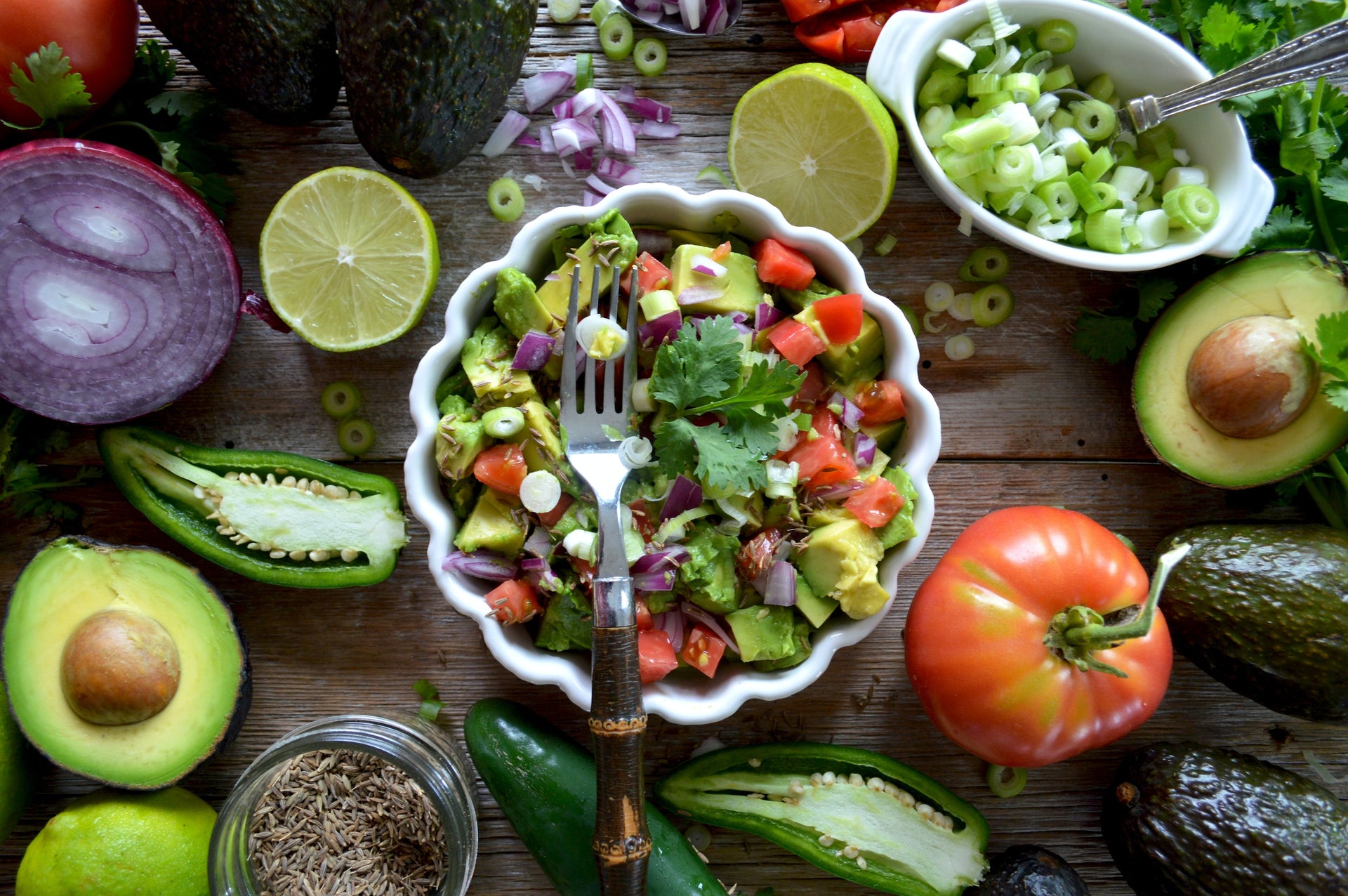Wild Content
-
Pickles have become popular in recent years for their crunchy, delicious taste and the purported health benefits they provide. Pickles are a type of fermented food that is packed with beneficial probiotics, which can help improve gut health and enhance...
-
Are you looking for some easy and healthy Paleo breakfast ideas? Having a high-protein breakfast will assist in jumpstarting your metabolism and provide sustained energy throughout the day. But developing new breakfast recipes every day can take time and effort. The...

